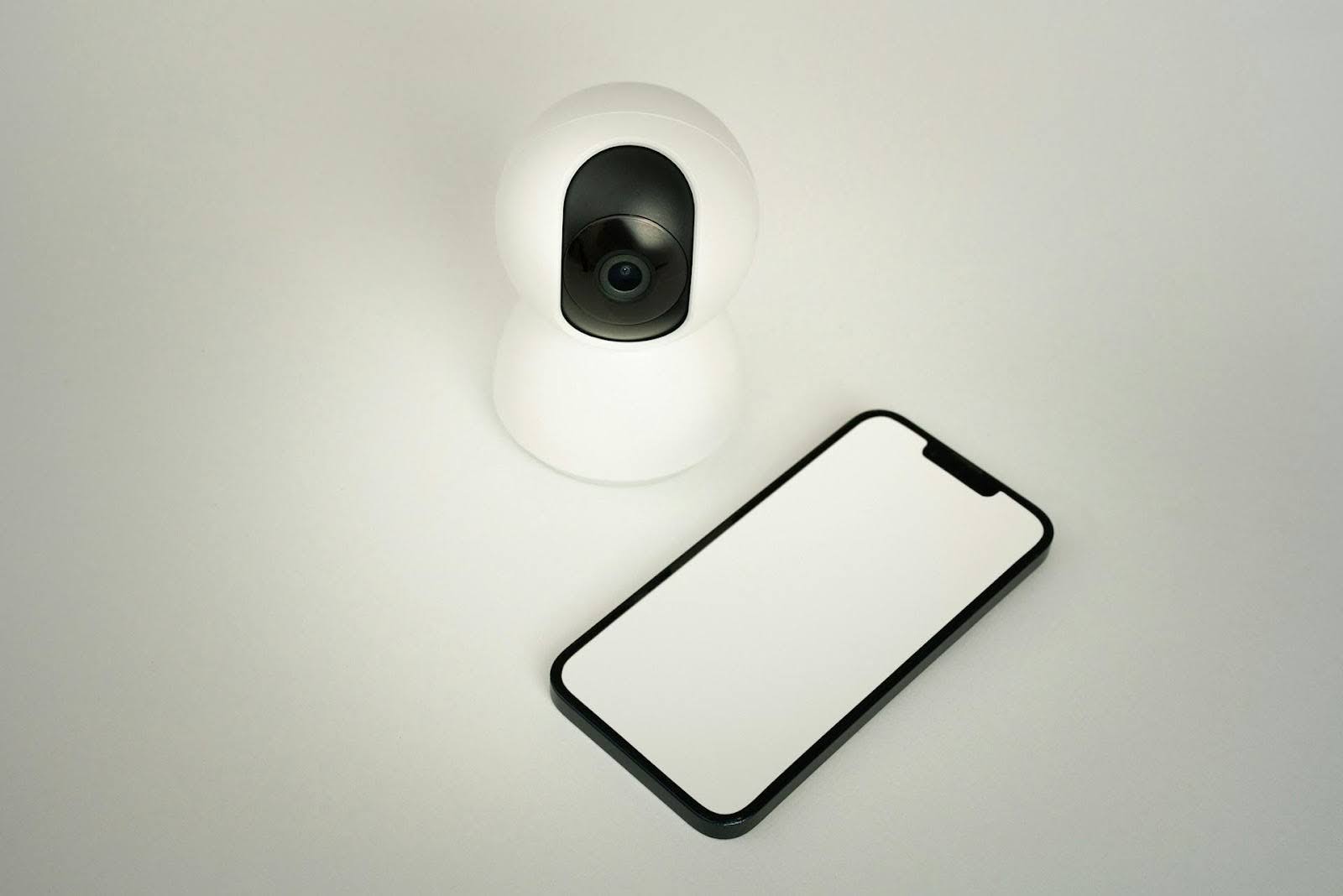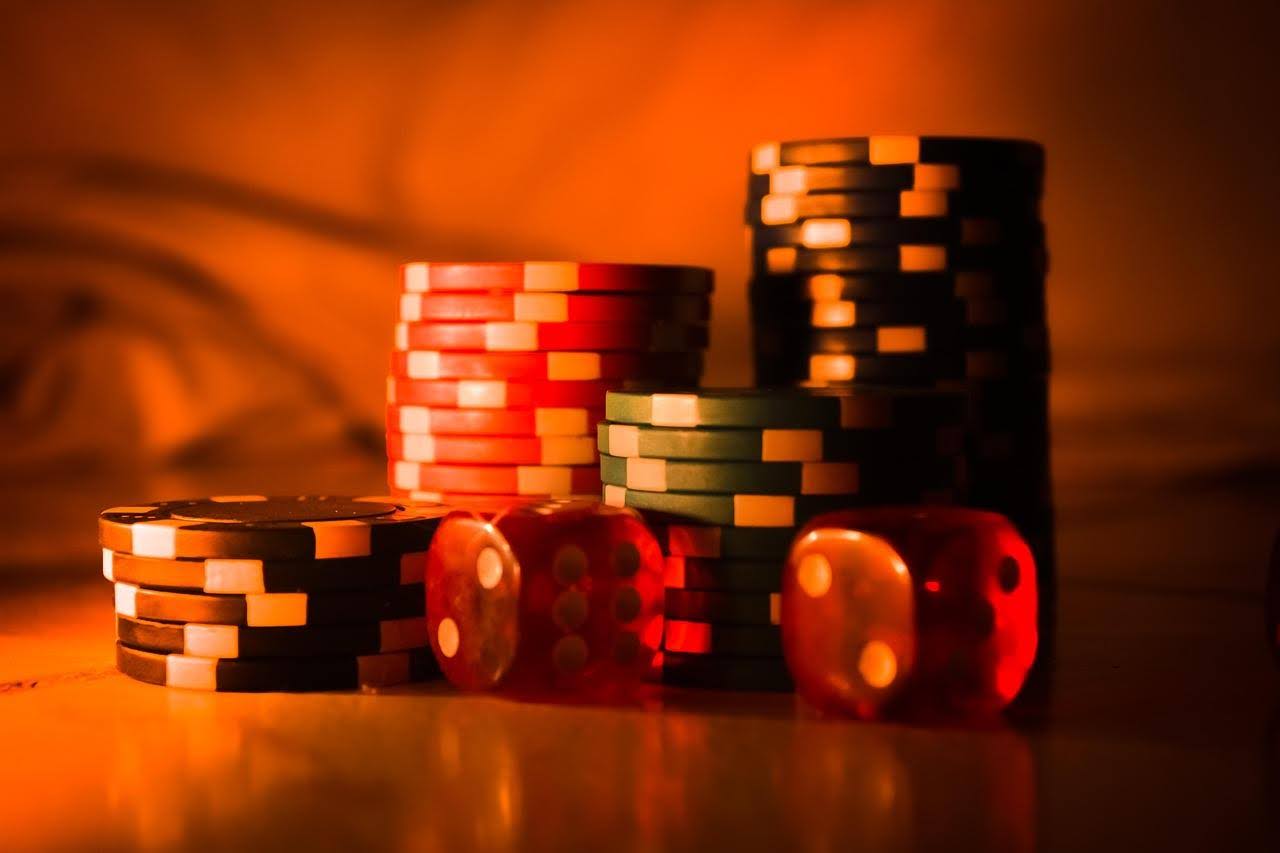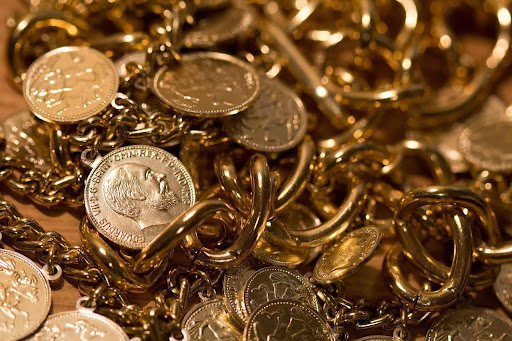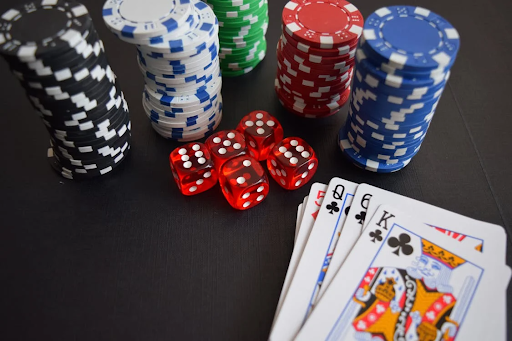Poker Chip Colors and Values
Poker is one of the most popular casino games in the world and is accessible to everyone. Whether you are at home, at a party, or even at work (not recommended), as long as you have a deck of cards and a few items as credit, you can play poker. Very convenient, isn't it? Casual play is easy, but formal play requires clear and consistent rules across different platforms. Poker chip values are one of them.
So, what’s to expect in this article? We will go through a brief history of poker chips and some standard monetary value of these chips, color-coded. It is vital that you understand the meaning behind these colors so you won’t raise a $5,000 chip “accidentally.” The next time you play poker in Las Vegas, don’t let these foolish mistakes get in your way.
History of Poker Chips
Although poker chips have only been around since the early 1800s, gambling games have a history dating back thousands of years. Of course, gambling involves betting, and there must be something to wager on. It is common sense that betting involves money or any kind of usable currency - that’s true. However, what if the stakes are too large, the currency is complicated, or worse - there’s no currency at all? That's when we need something called “token.”
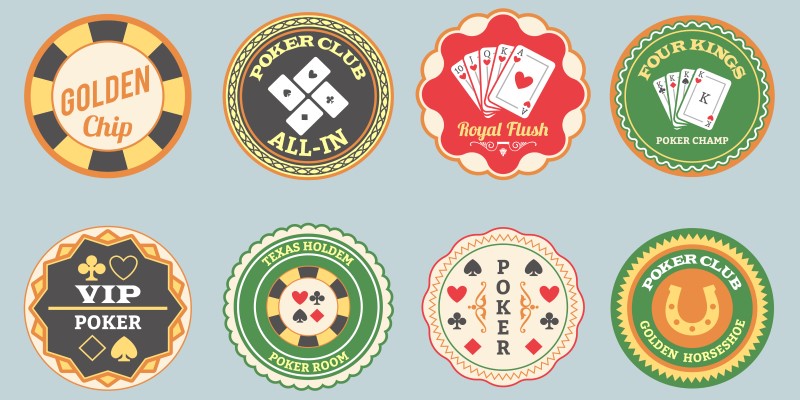
Since ancient times, Asians have used various tokens to bet against each other, from animal bones, stones, fruits to more advanced materials such as ivory or ceramic. However, the rules were often local and had never been unified from one region to another, even until the first gaming and gambling establishments were born.
One thing that was quite troublesome for the regulators at the time was how easy it was to fake these tokens. With just a little knowledge and carving skills, anyone can make counterfeit tokens. Therefore, by the end of the 19th century, commercial companies were authorized to produce clay chips made specifically for gaming venues. These chips are adjusted for clay content and very carefully carved, making them almost impossible to forge.
Today, in modern casinos like those in Las Vegas or Florida, the chips are all manufactured to casino standards and can only be used there. Weight, texture, design, and color are all carefully controlled, even more so than in banknote production. Many casinos even mark their chips with microchips, making them impossible to counterfeit.
Poker Chip Colors and Values
The chip system is, without a doubt, indispensable in the gambling business. Without it, the entire casino industry would face tremendous risk of scam and fraudulence. However, there is still a need for a consistent conversion system between chips from different casinos. Currently, there are eleven standard chip colors in circulation, splitting into low-denomination and high-denomination classes. Their values are as follow:
| Low-denomination chips (smaller than $100) | High-denomination chips (higher than $100) |
|
|
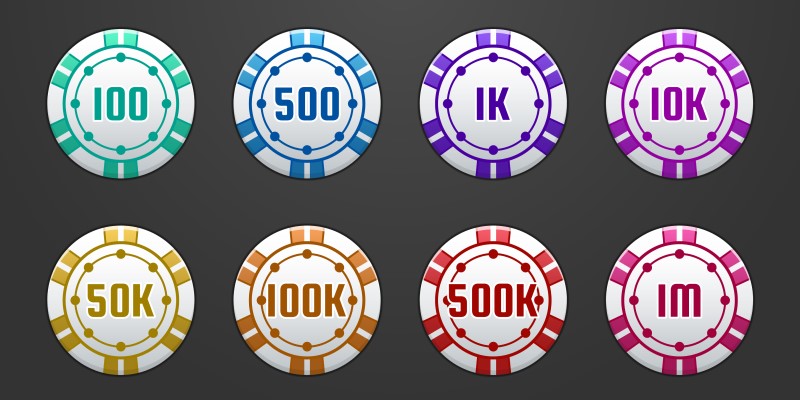
It is also worth noting that this does not include all poker chips currently in use; they are just the most popular ones. There are still poker chips with denominations greater than $5,000, but they only appear in established casinos. This is understandable since chips like $10,000, $20,000, or even $50,000 are incredibly valuable, and not every customer can afford them. For this reason, only casinos located in famous gambling cities like Las Vegas or Macau allow them to be circulated.
Hosting Your Own Poker Party
These are just the standard colors and values; the actual values will sometimes depend on each casino. However, one thing is for sure: the quantity of each chip color should be disproportional to its value. For example: if you plan on playing with the low-denomination chips only (white, red, blue, green, for instance), the number of chips by ratio should be 4:3:2:1. In other words, the lowest value should have the most chips, vice versa.
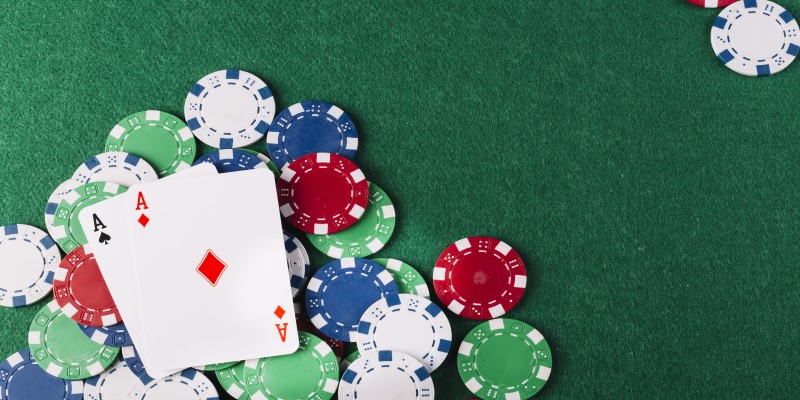
What else do you need? A board that publicizes the value of all poker chips. As we mentioned at the beginning of the article, it would be a shame if you mistakenly threw in a high-denomination chip to bluff. Unless, of course, you are a master of bluffing and are willing to take huge risks. It’s gambling, after all - sometimes you win, and sometimes you won’t. Just don’t be a fool in front of your friends, like, ever.
One more thing, don’t mark anything on the poker chips. It is inelegant and, at the same time, very messy.
Conclusion
So far, you have learned how to distinguish between different poker chip colors and values, as well as how to host your own poker party. Playing poker with friends is fun, straightforward, and highly interactive (also rewarding), especially during these harsh times. Remember, always play by the rules, and do not be discontented just because you lose!









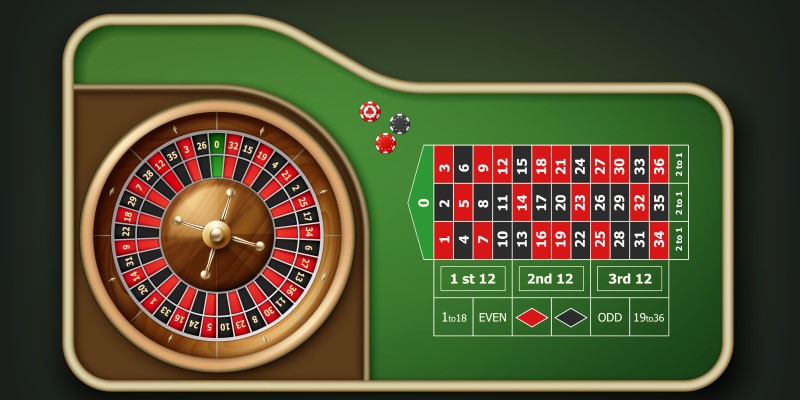

.jpg)
